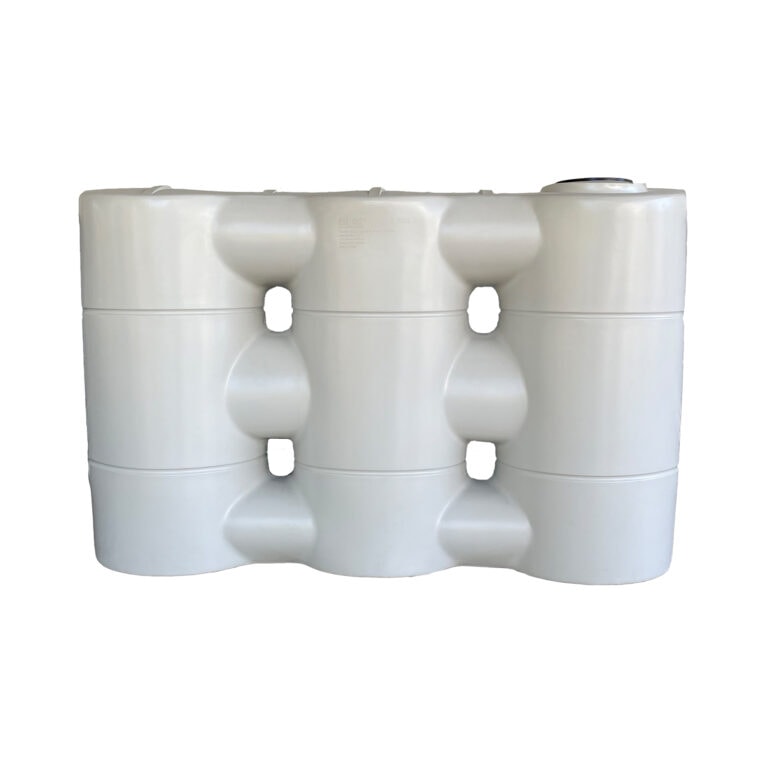Slimline Water Tanks: Elegant and Practical for Modern Houses
Understanding the Significance of Rain Tanks in Drought-Prone Regions for Water Safety
In areas at risk to long term droughts, the duty of rainwater tanks in boosting water safety and security is a subject of expanding importance. As neighborhoods come to grips with the obstacles of water shortage, comprehending the value of these tanks surpasses mere collection of rainwater. Rainwater tanks function as an essential tool in minimizing the effect of water lacks by providing a sustainable resource of water for various requirements. The true value of rainwater storage tanks extends far beyond mere storage; it includes resilience-building actions and the promo of long-lasting water preservation approaches. This multifaceted strategy to water protection warrants a more detailed examination of the duty rainwater tanks play in making sure a reputable water during times of dry spell.
Benefits of Rainwater Tanks
Using rain storage tanks provides a sustainable service for increasing water supply and boosting water security in property and commercial setups. Among the primary advantages of rain storage tanks is their ability to minimize dependence on keys water supply. By catching and storing rain that drops on rooftops, this different resource can be utilized for various non-potable functions such as watering, flushing toilets, and washing clothing. This not just preserves cured drinking water however additionally decreases water bills for users.

Rain Harvesting Techniques
Rain gathering techniques encompass a range of techniques made to successfully accumulate and store rain for numerous functions, adding to water preservation and sustainability. One typical technique is the installment of rooftop catchment systems, where rainwater is gathered from the roofing of a building and directed to a storage space container. This method is relatively easy and cost-effective. Another prominent method is using above-ground or below ground tank to keep rainwater for later usage. These tanks come in numerous dimensions and products to match various demands and can be linked to the existing pipes system for easy access.

Additionally, rain yards and absorptive sidewalks are cutting-edge methods that include landscaping or paving surface areas in a manner that allows rain to percolate into the ground, renewing groundwater gets. Additionally, contour farming and terracing are agricultural techniques that aid catch rain and avoid soil erosion in hilly surface. By implementing these varied rain harvesting methods, neighborhoods can improve water safety and security and durability in drought-prone regions while advertising sustainable water management methods.
Significance of Water Safety And Security
Guaranteeing trustworthy accessibility to clean and enough water resources is vital for maintaining human health, financial advancement, and ecological well-being. Water protection is a vital element of social resilience, specifically in areas at risk to dry spells and water shortage. Ample water safety and security incorporates various dimensions, including accessibility, high quality, and ease of access of water for domestic, agricultural, industrial, More Help and environmental requirements.
Water safety and security plays a critical role in promoting public wellness by minimizing the occurrence of waterborne illness and guaranteeing hygiene centers. Financially, water safety is essential for agricultural productivity, industrial operations, and general financial development. Slimline water tanks. In addition, water security is closely connected to environmental sustainability, as it sustains ecological communities, biodiversity, and overall eco-friendly balance.
In drought-prone areas, water safety and security becomes much more important because of the enhanced threat of water scarcities. Implementing strategies like rain harvesting, water recycling, and reliable water monitoring techniques can considerably boost water safety and security in these locations. By focusing on water security, areas can better hold up against the impacts of environment adjustment, population growth, and various other difficulties that intimidate water availability.
Enhancing Water Strength
With increasing global water difficulties, building resilience in check it out water supply has actually become a crucial focus for lasting development efforts. Enhancing water resilience involves executing techniques to make certain water availability and quality in the face of transforming environmental problems, such as droughts, floodings, and air pollution.
One key element of improving water resilience is promoting the usage of rainwater tanks in drought-prone areas - Slimline water tanks. Rainwater containers function as a reliable methods of catching and keeping rainwater for later use, lowering dependence on scarce freshwater sources throughout completely dry periods. By incorporating rainwater harvesting systems right into water monitoring plans, areas can improve their capacity to withstand water scarcity and keep water protection

Sustainable Water Conservation
In the middle of intensifying water obstacles, the sensible management of water sources via sustainable conservation techniques is vital for ensuring lasting ecological security and social health. Sustainable water preservation entails the effective usage of water resources to meet existing demands without jeopardizing the capability of future generations to meet their own needs. By implementing methods such as rain harvesting, greywater recycling, and water-efficient modern technologies, neighborhoods can reduce water waste and reduce pressure on freshwater sources.
Moreover, lasting water conservation methods add to ecosystem wellness by maintaining adequate water degrees in rivers, lakes, and click here now wetlands, sustaining biodiversity, and maintaining all-natural habitats. These practices also play an essential function in minimizing the influences of climate change by aiding to adapt to altering rainfall patterns and water availability.

Final Thought
In final thought, rainwater tanks play an essential function in boosting water safety and security and durability in drought-prone regions. By using rainwater harvesting methods, communities can minimize their reliance on typical water sources and promote lasting water conservation methods. This not just assists minimize the effects of water scarcity during dry spells however additionally adds to long-term water security and resilience despite environment adjustment challenges.